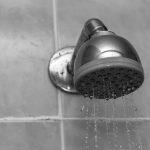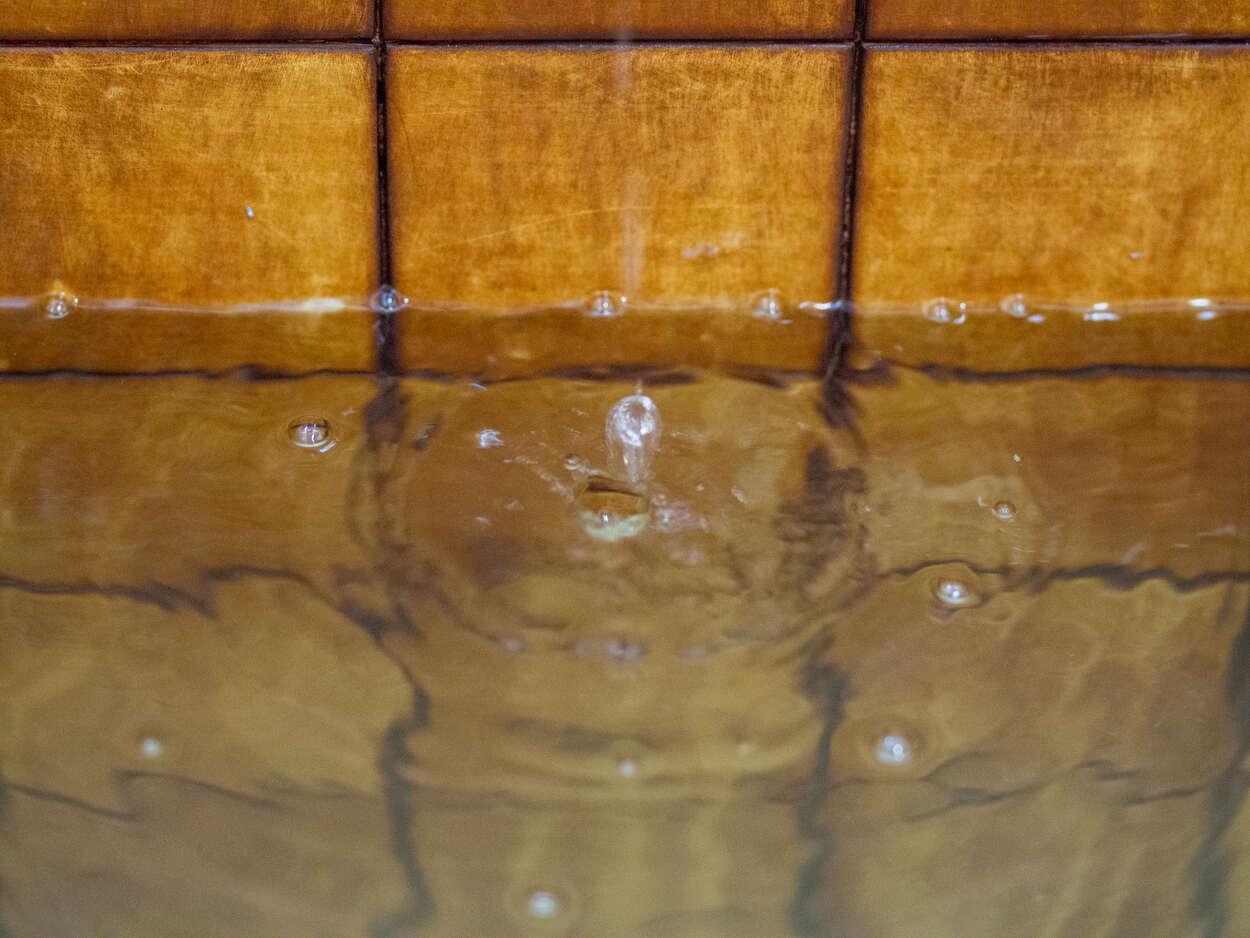Your shower hose is not just a trivial part of your bathroom. Proper maintenance can help you prevent nightmares of flooding and costly repairs. In this piece, we are going to discuss 10 crucial strategies for shower hose safety that every homeowner should know. Stick around as we unfold these handy tips.
Contents
- 1. Inspect Hose Regularly for Damage
- 2. Use Quality Shower Hose
- 3. Replace Broken Seals Promptly
- 4. Listen for Unusual Noises
- 5. Practice Proper Installation
- 6. Observe Water Pressure Levels
- 7. Place Drip Tray Underneath
- 8. Regularly Clean Your Shower Hose
- 9. Unclutter Surrounding Area
- 10. Utilize Shut-off Valves
- 11. Scheduled Professional Plumbing Checks
- 12. Understand Your Home’s Plumbing System
- 13. Proper Use of Drain Cleaner
- 14. Regular Inspection of Building Materials
- 15. Investing In Proper Water Heating System
- 16. Waterproofing Your Bathroom
- 17. Regularly Examine Your Bathroom’s Curtain and Floor
- 18. Keeping Environmental Impact in Mind
- 19. Correct Setting of Water Pressure
- 20. Sanitary Sewer Inspection
- Conclusion: The Importance of Prevention
1. Inspect Hose Regularly for Damage
The first step to ensuring shower hose safety is regular inspections. Look out for signs of wear and tear, such as cracks, bulges, or kinks on the surface. These signs may indicate a potential issue within your plumbing system, something related to hydrology or hydraulic engineering – inadequate water pressure, for instance. If the damage is severe, it’s better to replace the hose instead of waiting for a leak to sprout and cause water damage.
2. Use Quality Shower Hose
When it comes to bathroom fixtures, quality matters a lot. Choose a shower hose made from durable building materials like stainless steel and ensure it has good water conservation attributes. A quality house is also less likely to kink or crack, hence preventing leaks and subsequent water damage and potential flooding.
3. Replace Broken Seals Promptly

Seals in the tap’s valve help prevent leaks but they can degrade over time, leading to slow but constant leakage when the tap isn’t used. Regularly inspect your seals and replace them promptly when damages or wear are observed. Remember, a small leak can lead to substantial water damage if left unattended.
4. Listen for Unusual Noises
Noises from your shower hose are often signs of issues related to water pressure or blockages in the drainage system. If you hear humming, hissing, or banging sounds from your shower hose, consider consulting with an expert in home repair or building engineering. Catching these problems early will save you from the possible catastrophe of bathroom floods and costly repairs.
5. Practice Proper Installation
Even with high-quality shower hoses and seals, improper installation can still lead to issues. A hose that’s screwed too tight on the tap’s valve can increase water pressure, causing leaks or even burst pipes. It’s always prudent to follow the manufacturer’s guidelines or work with a plumbing professional.
6. Observe Water Pressure Levels
Monitoring your water pressure is crucial in maintaining the health of your shower hose and the entire plumbing system. Abnormally high water pressure might strain your hose and cause leaks over time. Familiarize yourself with ideal pressure levels or consult with hydrology experts for guidance.
7. Place Drip Tray Underneath
This strategy applies particularly if your bathroom floor lacks adequate waterproofing. Placing a drip tray underneath the shower hose will collect any unexpected leaks before they spread across the floor. Remember, standing water can compromise the integrity of various building materials, potentially leading to more extensive repairs.
8. Regularly Clean Your Shower Hose
Cleaning your shower hose is not just about preserving its aesthetic appeal, but it’s also about increasing its lifespan. Dirt and mineral deposits can reduce water flow, increasing the pressure in your shower hose and tap valves. Use suitable cleaning solvents recommended by construction professionals or manufacturers.
9. Unclutter Surrounding Area

A clutter-free space around your shower hose brings about two benefits – one, it allows for better air circulation, reducing moisture build-up and growth of mold; two, it makes inspections for leaks or damages a lot easier. Get into the habit of keeping your bathroom floors free from unnecessary items.
10. Utilize Shut-off Valves
Shut-off valves allow you to control the water flow in specific parts of your plumbing system. If your shower hose starts leaking at an unexpected moment, you can prevent water damage by quickly shutting off the local valve. Remember, every second count in preventing potential floods and subsequent damage repairs.
11. Scheduled Professional Plumbing Checks
Regularly scheduled professional checks of your plumbing system can prevent many bathroom floods in the first place. A qualified plumber will check for risks such as leaks, rusty pipes, or weak connections, which are often overlooked by unskilled eyes. Regular inspections ensure that every component of your shower setup and larger plumbing system, including the tap valve and the drain, is functioning well. Keep in mind that adequate pressure is necessary for water heating systems to operate properly. Keep a schedule for these checks and adhere to it, as a routine inspection can save you a lot of time and money in costly repairs later.
12. Understand Your Home’s Plumbing System

In order to efficiently prevent any potential water damage, you should familiarize yourself with the basics of your home’s plumbing system. Knowing where the main water shutoff valve is can be an absolute game changer in case of emergencies. Furthermore, understanding how different components like the tap (valve), drain (plumbing), hydraulic engineering aspects, building materials used, and how pressure within pipes works can help you identify when something is not right. Remember that an ounce of prevention is worth a ton of cure.
13. Proper Use of Drain Cleaner
Drain cleaners can be life savers when it comes to unclogging your shower drain, but improper use can lead to pipe damage. Overuse of these harsh chemicals can corrode pipes causing them to leak over time. Make sure to follow manufacturer’s instructions on using drain cleaners correctly. Also consider using environmentally friendlier methods like plunging or using a non-corrosive homemade cleaner.
14. Regular Inspection of Building Materials
The material used in your bathroom construction also plays a big part in maintaining the room’s integrity against possible floods. Water damage to surrounding building materials may not always be visually apparent and requires regular checks. Look for signs of discoloration, warping, or unusual smells that may indicate water damage in ceilings, floors or walls.
15. Investing In Proper Water Heating System

A proper water heating system plays a significant role in shower safety and water conservation. Installed by a professional, these systems control the consistency of hot water flow and pressures, preventing any sudden rises that could increase pressure on pipes and trigger potential leaks. Remember, proper installation is key to ensuring long-term functionality.
16. Waterproofing Your Bathroom
Inadequate waterproofing might lead to water accumulation under your bathroom floor, weakening the foundation and causing serious damage over time. It’s advisable to have a professional waterproof your bathroom during construction phase. Pay special attention to the floor near your shower area where most of the water is expected to be present.
17. Regularly Examine Your Bathroom’s Curtain and Floor
In order to ensure bathroom safety and flood prevention, regularly inspect your shower curtain and bathroom floor for any signs of wear and tear. Water can sneak past worn-out curtains or seep through cracks in the floor, eventually leading to unnoticed flooding scenarios.
18. Keeping Environmental Impact in Mind
Sustainable living should extend towards maintaining your plumbing as well. Apart from saving you from potential floods, having good plumbing practices like using minimal chemicals and conserving water are important steps towards responsible environmental stewardship.
19. Correct Setting of Water Pressure
The pressure at which water flows out of your shower hose has a direct impact on its longevity. If the pressure is too high, it increases the strain on the hose which can eventually cause it to burst. Set your water pressure on a lower setting, and thus reduce the chance of bathroom floods.
20. Sanitary Sewer Inspection
Sewers are often ignored until there’s a problem. Regular inspection of the sanitary sewer connected to your bathroom can help detect any potential issues before they escalate into floods or cause serious water damage.
Conclusion: The Importance of Prevention
Staying one step ahead is crucial when it comes to maintaining the plumbing system in your home. By adhering to these preventive measures, particularly the timely professional checks and understanding your household’s plumbing, you are avoiding preventable incidents like bathroom floods. In turn, these steps ensure the efficiency and longevity of your home appliances while supporting responsible environmental practices. Remember, prevention is not just about saving money for costly repairs, but also about safety and preserving the value of your home.
- Clean & Green: Eco-Friendly Cleaning Tips for Your Plumbing Fixtures - October 8, 2024
- Classic to Contemporary: Choosing the Perfect Toilet Suite for your new Bathroom Design - September 19, 2024
- Chlorine Conundrum: The Benefits of a Water Filters in Your Sydney Bathroom - August 28, 2024
Related posts:
 Pipe Dreams: Proactive Tips for Avoiding Costly Repairs in Your Bathroom
Pipe Dreams: Proactive Tips for Avoiding Costly Repairs in Your Bathroom
 Flexibility & Safety: The Importance of Keeping an Eye on Hose Couplings and What to Watch for
Flexibility & Safety: The Importance of Keeping an Eye on Hose Couplings and What to Watch for
 Flexible Hose Hazards: Why Regular Checks Are Essential for Bathroom Safety
Flexible Hose Hazards: Why Regular Checks Are Essential for Bathroom Safety
 Flood Prevention 101: How to Detect and Stop Leaks Before They Soak Your Bathroom
Flood Prevention 101: How to Detect and Stop Leaks Before They Soak Your Bathroom
 Shower Head Maintenance 101: Cleaning and Care Tips for Beginners
Shower Head Maintenance 101: Cleaning and Care Tips for Beginners
 Healthy Hair, Happy Drains: Tips for Maintaining a Clean Shower
Healthy Hair, Happy Drains: Tips for Maintaining a Clean Shower



